When I moved to San Diego 12 years ago and learned more about the islands off its coast, I was immediately intrigued. Where exactly are they? How do you get to them? What can you do there?
Santa Catalina Island, aka Catalina, is probably the easiest one to get to and the easiest one to access for setting up biking/camping/hiking excursions because it has the well-established infrastructure to do so. I say that based on research, and fully acknowledging that I’ve not been to any of the other islands. Still, you have to do a little bit of research to get things lined up for Catalina so that all runs fairly smoothly from the time you leave wherever you live until the time you get back.
This, hopefully, will assist you in that process. Let’s get started.
Step 1: Get to the Los Angeles area and plan to get on the Catalina Express (ferry boat). There are three ports o’ call: Dana Point, Long Beach, and San Pedro. Check schedules and figure out what works best for you. https://catalinaexpress.com/
Think of it like going on a …
…except that you’ll go beyond the harbor and into the big blue Pacific Ocean.
Yes, I took my fat bike. Yes, a gravel or mountain bike will work just fine. The Pug is a state of mind. If you know, you know, as the kids say.
Anyway, about getting on the ferry. You need a ticket to get over to Catalina for yourself and for your bike. Be sure you get the bike ticket. Be sure you sign the waivers before you get on the Express. If you want (we did), maybe upgrade to the Commodore Lounge, which gets you a guaranteed seat on the inside (check the weather) for the approximate hour or so (depends which port you use) crossing to Catalina. The Lounge gets you some free snacks and one free drink, which does include a beer, wine, cocktail, or you can get a non-alcoholic beverage.
We took the ferry from Long Beach to Avalon, the most developed town/village on the island. Having been there once before, we kind of knew what to expect upon arrival. Here’s what will happen:
You’ll get there and everyone on the boat will try to get off at the same time. Actually, there will be a line to get your luggage/bike first and then you’ll grab it all and depart the ferry. At the dock, you’ll follow everyone else to where the taxis, etc. are located, but you’ll also have a bike, as a reminder.
I did not pack my bike up/gear it out before putting it on the boat. I had everything packed into the bikepacking bags and that was all put into a duffel bag. My wife and I arrived, got off the boat, found the shuttle for our hotel (Catalina Canyon Inn), loaded up the luggage into the shuttle, and then she went to the hotel while I biked into town (a few pedal strokes, literally), going directly to The Trailhead.
The Trailhead is the headquarters for the Catalina Island Conservancy. There is a long history of Catalina’s inhabitants and owners and land managers (from the Tongva indigenous peoples to Wrigley gum magnate to the Conservancy). The bottom line for you is that the Conservancy is pretty much your literal ticket to bikepacking the island.
Okay, so prior to your arrival to Avalon, you should have already set up your campground reservation. I highly recommend staying at Little Harbor Campground. Set that up through the Conservancy’s website: https://catalinaconservancy.org/
First, though, you need to buy a basic membership to the Conservancy to bikepack the island. With your membership, you get a discount on the camping reservation. Secure your campsite for one night (what I will be detailing here is an overnighter bikepacking trip). Now that you have your campsite, you need to set up your biking permit. You do that upon arrival to the island. In Avalon, you do that at The Trailhead. To get the free biking permit, you need to have a membership ($35).
Park your bike in the bike rack in front by the doors. Mine was not locked, which seemed to not be an issue. (It’s an island!) Go inside to the desk and tell them you are there to get your biking permit. Hopefully by then, you went to their website and secured your biking permit for the days you will be biking the interior. That way you are in the system and they’ll find you in there and things will happen a little quicker than not. You’ll be handed a permit/tag and some wire to hang it on your bike. It is good for one year. Be sure that you sign the waiver for both (all) days that you will be biking on the island before you leave The Trailhead, which is also a store.
Waiver signed, biking permit in hand, campground reservation already done before getting to the island (you cannot stealth camp on Catalina), it’s time to either set out on the “trail” or go to your hotel for the night. I went to the hotel. If you need to secure things while you’re bikepacking, there are lockers at the ferry dock area, kind of like the ones at train stations. I did not use them so I don’t know how it works/rates/safety. Also, maybe call the Conservancy prior to going over to the island. I did hear there is a service on the island that provides storage (for bikers, SCUBA divers, paddlers, etc). This was not something I had to worry about because my wife was at the hotel.
Before packing up the bike, we went to get some food. NDMK Fish House was our plan. Fresh seafood is their point. And look at those house specialty fries! I figured I’d need ‘em for the next day’s ride: about 25 miles with 3000 feet of elevation. Not too bad at all, not that big of a day, but a heavier bike maybe means more calories needed. At least that’s what I said to myself to rationalize the fries! I wasn’t able to finish them. Alas. (I saved them and put them in the hotel room mini fridge.)
Back at the hotel, I packed up the bike.
Ready to roll in the morning, I was. I mapped out a route for day one that I later learned very few people do. Huh? Why not? It was spectacular.
More to come …
To support independent writing about mountain biking and indie beer, as well as receive discounts to MTB-related businesses and breweries, use this link below to get the $10.20/year subscription rate. Paseando MTB is sponsor and corporate free writing and photography. You’ll receive upwards of 75 newsletters in your email inbox throughout 2025, bringing it to about 14 cents for each email/musing/post:

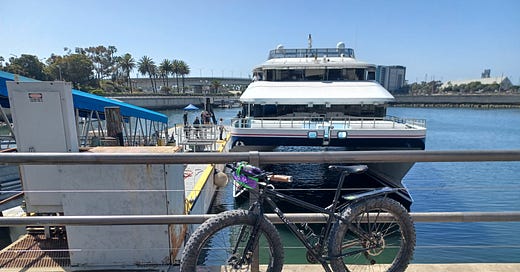


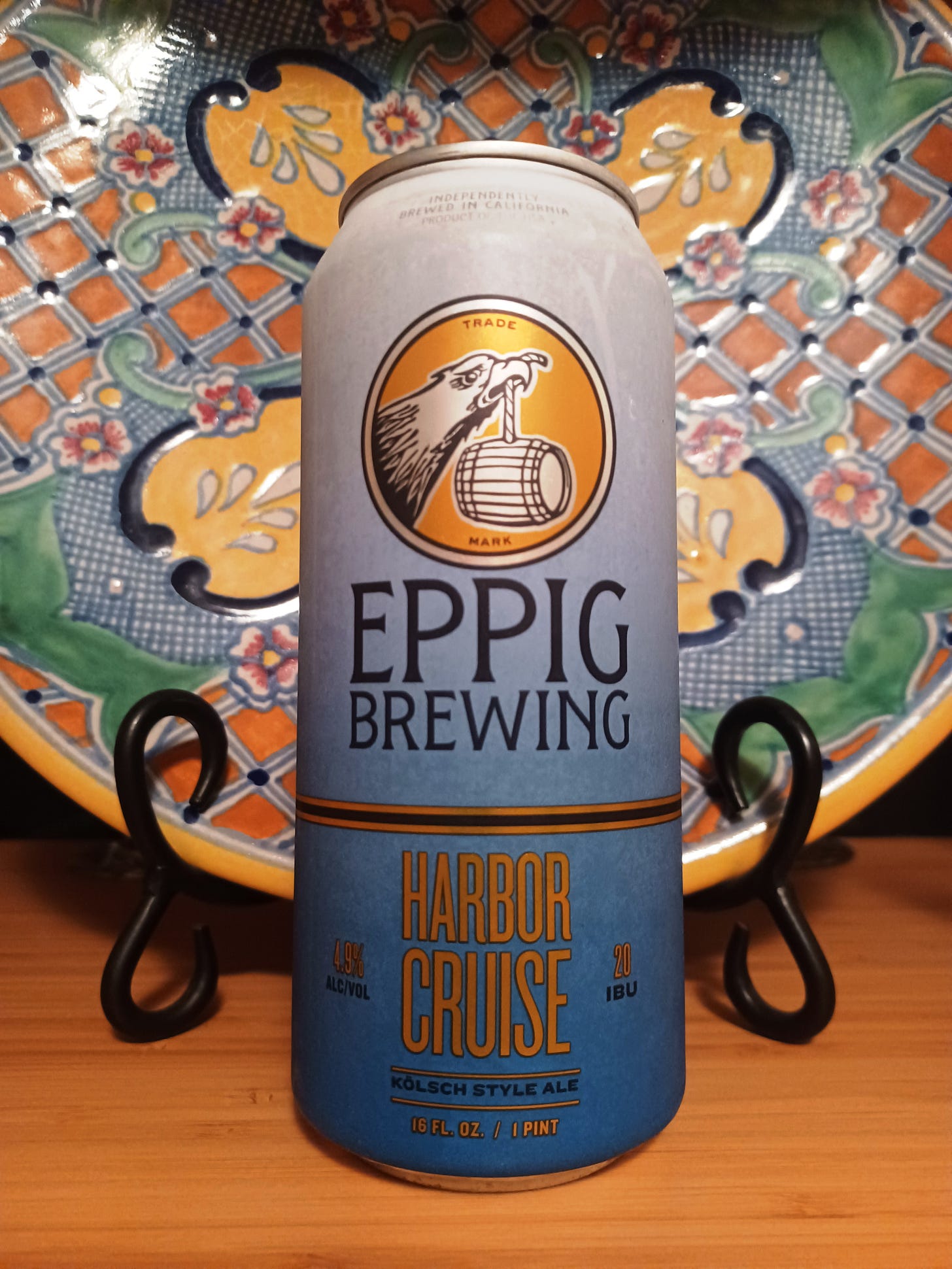

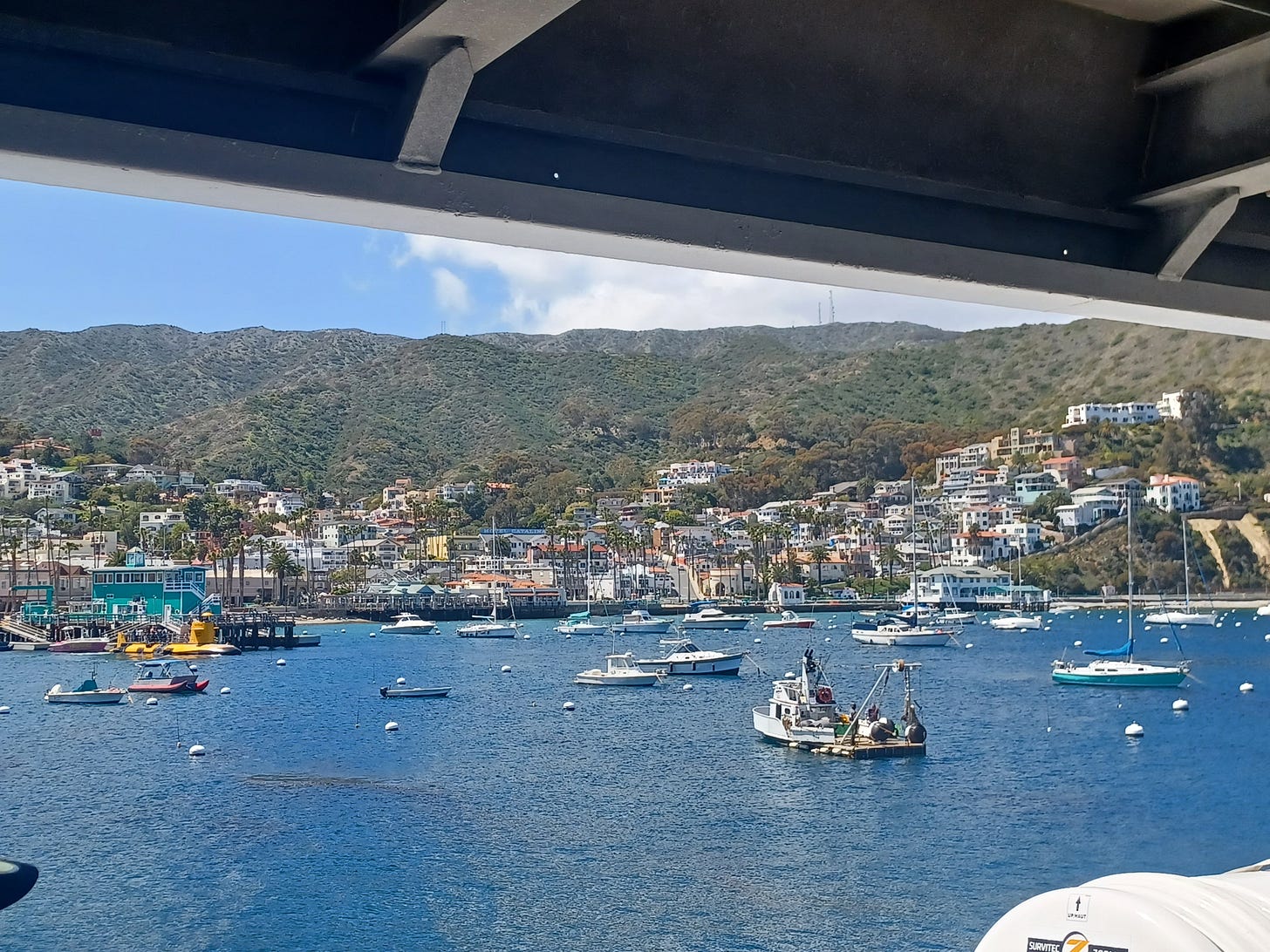
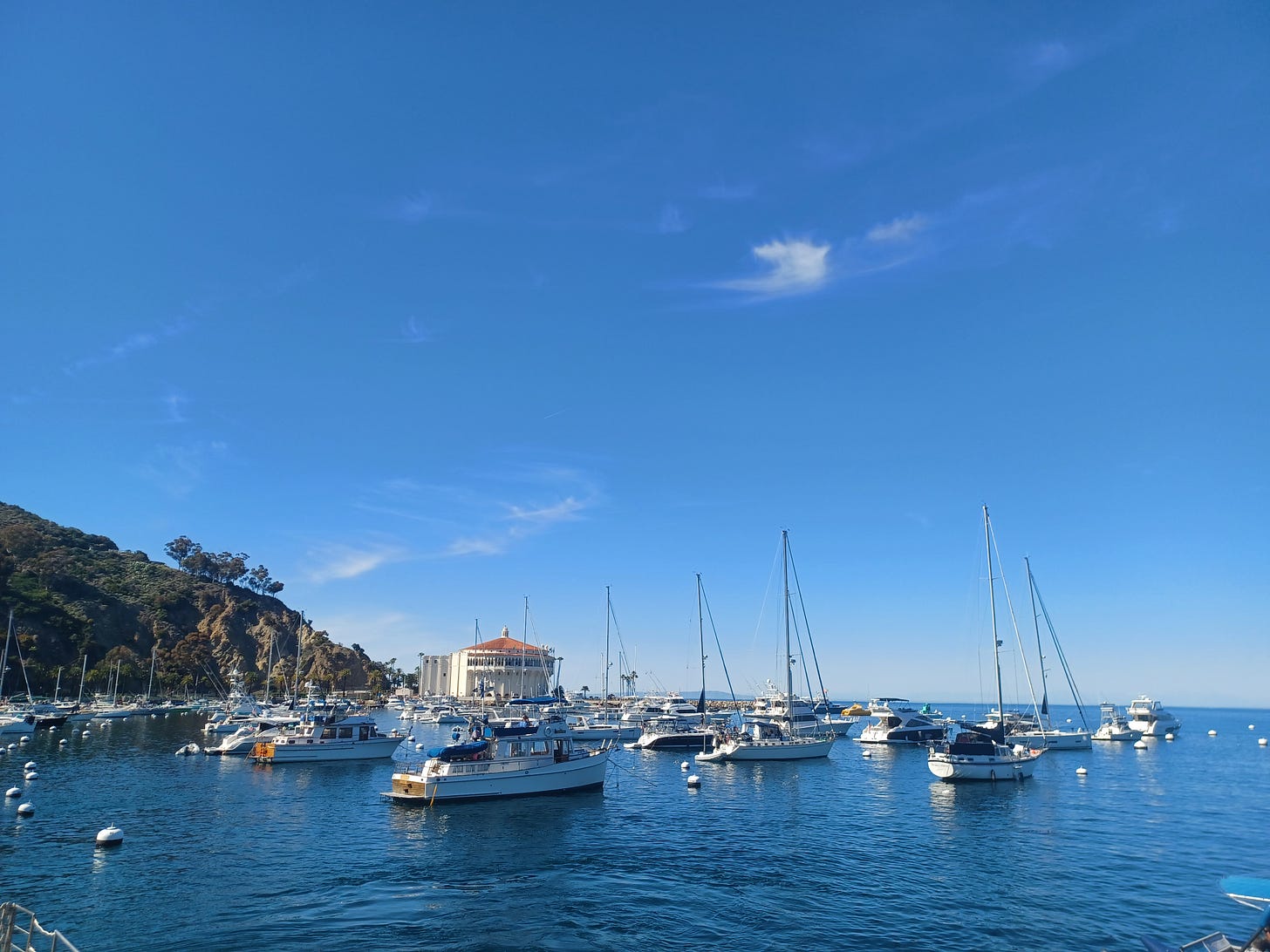

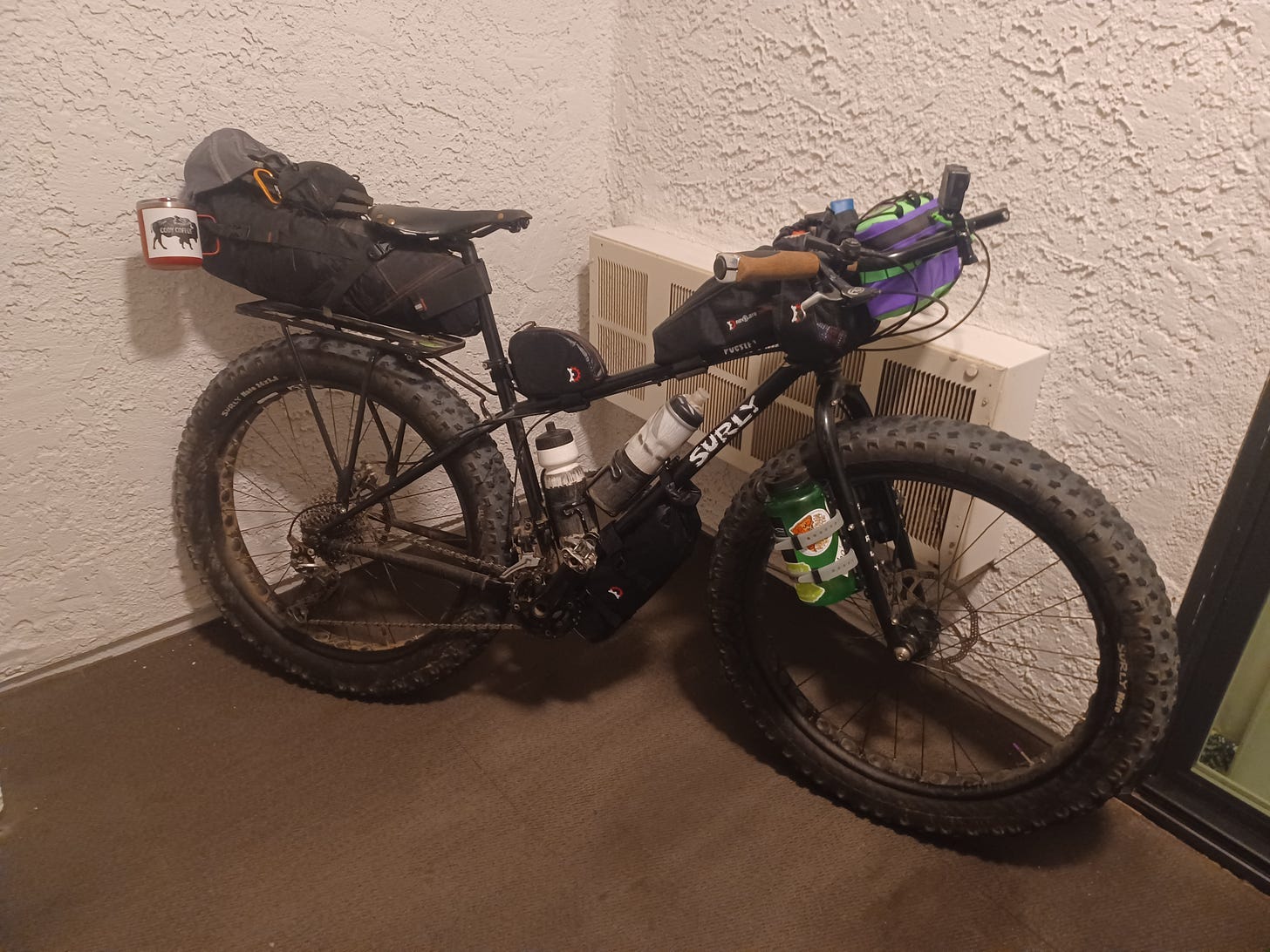

Looks like a beautiful trip!
Pretty cool!!